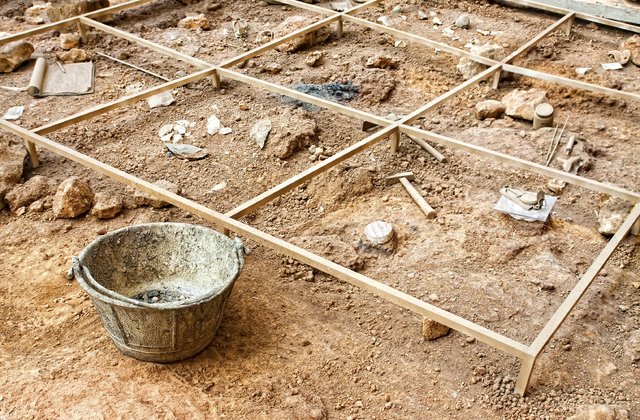Bones, stones, gold doubloons, mummies, and a chance to grub around in the dirt…what’s not to like about archaeology?
Table of Contents
BOOKS: All About Archaeology
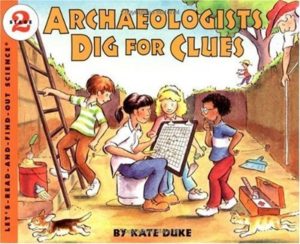
|
In Kate Duke’s Archaeologists Dig for Clues (HarperCollins, 1996), one of the Let’s-Read-and-Find-Out Science series, three kids and their pets accompany Sophie, an archaeologist, on a dig, asking questions every step of the way. A nice introduction to archaeology for ages 4-8. |
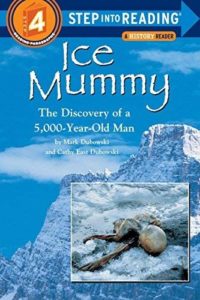
|
Mark Dubrowski and Cathy East Dubrowski’s Ice Mummy (Random House Books for Young Readers, 1998) in the “Step into Reading” series is the story of the 5000-year-old man found frozen in Alpine ice by a pair of hikers in 1991. Dubbed Otzi, this is Europe’s oldest natural human mummy. For ages 5-9. |
| For older readers, see Final Days of Otzi the Iceman and NOVA’s Ice Mummies. | |
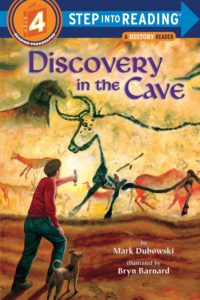
|
Also for young archaeologists in the “Step Into Reading” series, see Edith Kunhardt Davis’s Pompeii…Buried Alive (1987), Judy Donnelly’s Tut’s Mummy: Lost…and Found (1988), and Mark Dubrowski’s Discovery in the Cave (2010). |
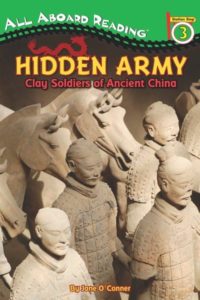
|
Jane O’Connor’s Hidden Army (Grosset & Dunlap, 2011) is the story of ancient China’s fabulous army of 7000 life-sized clay soldiers, discovered by farmers in 1974. For ages 5-8. |
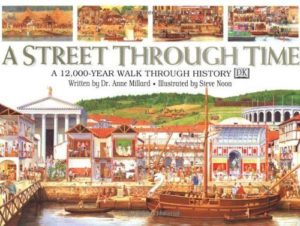
|
Anne Millard’s A Street Through Time (Dorling Kindersley, 1996) is a series of wonderful panoramic drawings of the same riverside European location in fourteen different time periods, from 10,000 BCE – a Stone-Age hunters’ camp – to modern times. (An additional feature for readers: find the Where’s-Waldo-type hidden time traveler.) Archaeology in a nutshell, for all ages. |
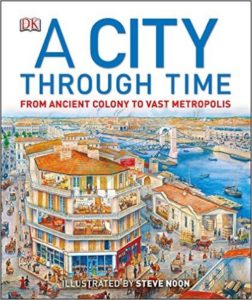
|
Philip Steele’s A City Through Time (Dorling Kindersley, 2013) might better be called Cities Through Time – the idea is the same, but, unlike Anne Millard’s Street, these are clearly different cities. Readers progress from a Greek colony in 550 BCE to a Roman city, a medieval city (with detailed castle), a 19th-century industrial port, and finally a modern metropolis (with cutaway view of skyscraper). Included are annotated timelines with historical info. For ages 7-12. |
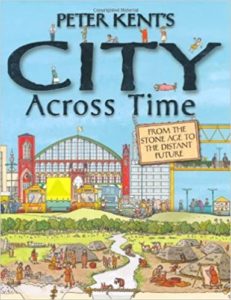
|
Peter Kent’s City Across Time (Kingfisher, 2010) tracks an imaginary European city from the Stone Age to the present, with detailed drawings of what’s going on both above and below ground. As time moves on, today’s buildings and people become tomorrow’s rubble and bones. For ages 7-11. |
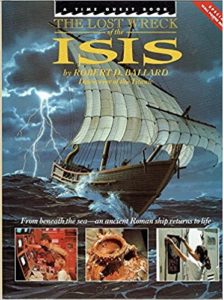 |
By Robert Ballard and team – the same crew that discovered the remains of the Titanic – The Lost Wreck of the Isis (Hodder & Stoughton, 1990) is the story of the discovery of a sunken Roman ship in the Mediterranean and a recreation of the final voyage of the ship. For ages 9-12. |
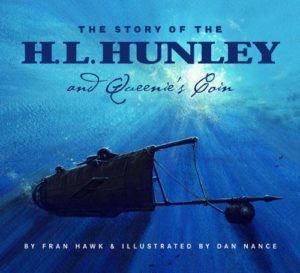
|
By Fran Hawk, The Story of the H.L. Hunley and Queenie’s Coin (Sleeping Bear Press, 2011) is the story of the Confederate submarine H.L. Hunley, sunk during the Civil War, and recovered by marine archaeologists in 2000. For ages 7-12. |
| The Friends of the Hunley website has histories of the submarine and its crews, maps, photos of artifacts, a Hunley simulator, lesson plans and activities (K-college), and more. | |
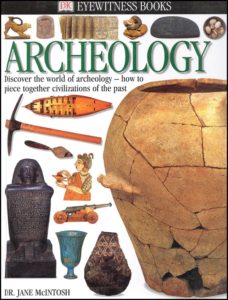
|
In the Eyewitness series, Archeology (Dorling Kindersley, 2000) is organized as a series of double-page spreads, covering such topics as “Preservation and decay,” “Looking at the landscape,” “All kinds of documents,” and “Buildings of the past.” Gorgeously illustrated with photographs of archaeological artifacts. For ages 8 and up. |
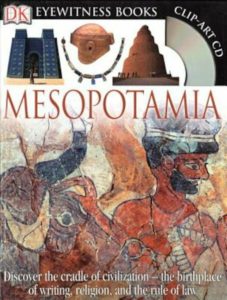
|
Other Eyewitness books of potential interest to young archaeologists include Ancient China (2005), North American Indian (2005), Mesopotamia (2007), Ancient Greece (2007), Ancient Rome (2008), Ancient Egypt (2008), and Aztec, Inca, and Maya (2011). (Check out a reasonably complete list here.) For ages 8 and up. |
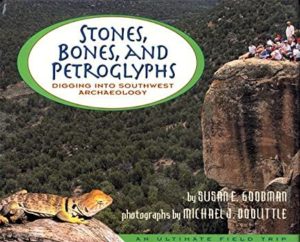
|
Susan E. Goodman’s Stones, Bones, and Petroglyphs (Atheneum, 1998) is a photo-illustrated overview of southwestern archaeology and the ancient Anasazi (or Puebloans) for ages 8-12. |
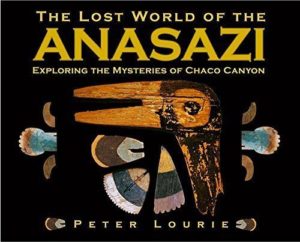
|
By Peter Lourie, The Lost World of the Anasazi: Exploring the Mysteries of Chaco Canyon (Boyds Mills Press, 2007) is a photo-illustrated account of the ancient Pueblo people of the American southwest, their mysterious disappearance in the 13th century, and the clues left behind at Chaco Canyon. For ages 9-12. |
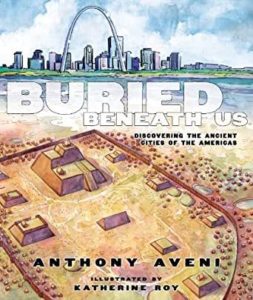
|
Anthony Aveni’s Buried Beneath Us: Discovering the Ancient Cities of the Americas (Roaring Brook Press, 2013) begins with the discovery – by startled electrical workers – of the fabulous Aztec capital, Tenochtitlan, beneath the streets of Mexico City. An information-packed and interesting read for ages 9-12. |
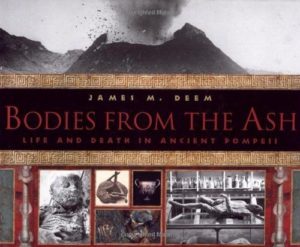
|
James Deem’s Bodies From the Ash: Life and Death in Ancient Pompeii (Houghton Mifflin Harcourt, 2005) is an enthralling account of what was once one of the largest cities in the Roman Empire, destroyed by the eruption of Vesuvius in AD 79. The book describes what happened in the wake of the eruption and how archaeologists rediscovered the city. Illustrated with many photographs of excavations, artifacts, bones, and plaster molds of victims. Starred reviews. For ages 9-13. |
| Also by Deem in the same format, see Bodies from the Ice (HMH, 2008) and Bodies from the Bog (HMH, 2003). | |
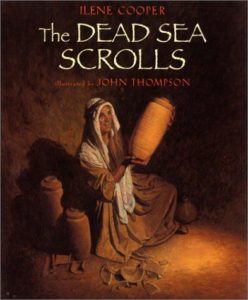
|
Ilene Cooper’s The Dead Sea Scrolls (HarperCollins, 1997) is the story of what has been called the “greatest archaeological discovery of the twentieth century:” a collection of over 900 ancient texts, discovered in the Qumran Cave on the shore of Israel’s Dead Sea. Cooper discusses the history and significance of the scrolls, and how they were found and reconstructed by archaeologists. For ages 10 and up. |
| Digital Dead Sea Scrolls has images of the scrolls online with historical background information. | |
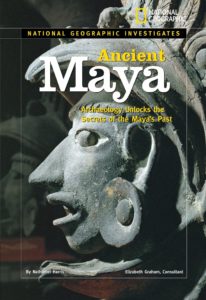
|
The National Geographic Investigates series is a collection of 64-page books on the archaeology and history of ancient cultures worldwide, each with maps, timelines, interviews with researchers, and gorgeous color photographs. Titles include Ancient Maya, Ancient Pueblo, Ancient China, Ancient Africa, Ancient Celts, and more. For ages 10 and up. |
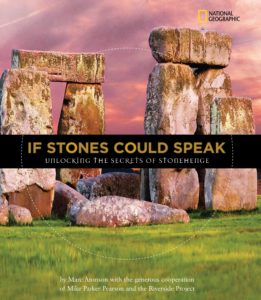
|
Marc Aronson’s If Stones Could Speak (National Geographic Children’s Books, 2010) is an award-winning account of the archaeology of Stonehenge, demonstrating how archaeologists work to solve ancient puzzles. A recent hypothesis is that Stonehenge was a memorial to honor the dead, with a sister complex made of wood for the living. A fascinating read, illustrated with color photographs, for ages 10 and up. |
| From Smithsonian magazine, New Light on Stonehenge discusses the site’s history and summarizes recent research. | |
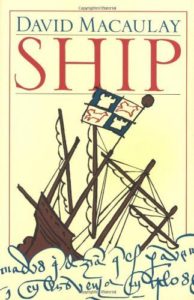
|
David Macaulay’s Ship (Houghton Mifflin Harcourt, 1993) begins with a crew of underwater archaeologists recovering a sunken 15th-century ship from a reef near the Bahamas, then leaps back in time to follow the building of the ship and its eventual demise. Fictitious, but archaeologically accurate; illustrated with terrific detailed architectural drawings. For ages 10 and up. |
| Similar and equally wonderful books by Macaulay include Pyramid (HMH, 1982), Castle (HMH, 1982), Cathedral (Sandpiper, 1981), Mill (HMH, 1989), Mosque (HMH, 2008), and City (HMH, 1983) – this last “A Story of Roman Planning and Construction.” | |
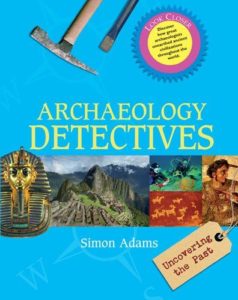
|
By Simon Adams, Archaeology Detectives (Barron’s Educational Series, 2009) is the story of great archaeologists and archaeological discoveries worldwide, illustrated with color photographs. Among the sites featured are India’s Mohenjo-Daro, the tomb of Tutankhamun, China’s terracotta warriors, Pompeii, and the palace of Knossos. For ages 10 and up. |
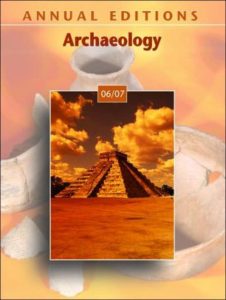
|
Annual Editions: Archaeology (McGraw-Hill Higher Education, 2012) is one of the extensive Annual Editions series, each of which is a collection of reader-friendly articles from popular magazines, newspapers, and books related to a specific topic. The Archaeology volume, for example, contains 38 articles on a wide range of archaeological topics, among them “All the King’s Sons” from the New Yorker, “Lost City of the Maya” from Smithsonian, “Uncovering America’s Pyramid Builders” from Discover, and “Lost Cities of the Amazon” from Scientific American. An excellent resource for teenagers and adults. |
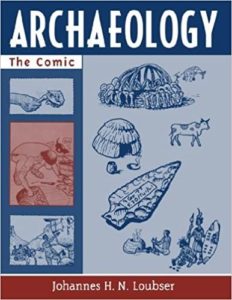
|
By Johannes Loubser, Archaeology the Comic (Altamira Press, 2003) is an introductory archaeology text in the form of a graphic novel. The book follows the adventures of Squizee, a teenager and would-be archaeologist, and her mentor, a museum archaeologist named Dr. Holmes. Various chapters cover excavation techniques, dating methods, artifact cataloging and analysis, and a host of archaeological studies and controversies. A nice presentation for teenagers and adults. |
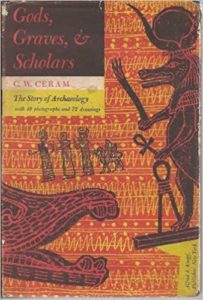
|
C.W. Ceram’s archaeological classic, Gods, Graves, and Scholars (Bantam, 1976), is an information-filled tale of adventure, romance, history, and science. The book is divided into four main sections: “The Book of the Statues,” which covers Pompeii, Troy, Mycenae, and Crete; “The Book of the Pyramids” (Egypt); “The Book of the Towers” (Assyria, Babylonia, and Sumeria); and “The Book of the Temples” (Aztecs, Mayas, and Toltecs). Chapters have such irresistible titles as “Evans: Crete and the Minotaur,” “Champollion: Treason and Hieroglyphics,” and “Layard: A Dilettante Outwits a Pasha.” A great read for teenagers and adults. |
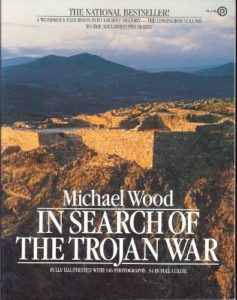
|
Michael Wood’s books – chatty and addictive mixes of archaeology and history – include In Search of the Dark Ages (BBC Books, 2007), In Search of the Trojan War (University of California Press, 1998), In the Footsteps of Alexander the Great (University of California Press, 2001), and In Search of England (University of California Press, 2001). Wood’s titles have all (or almost all) been made into excellent film documentaries. |
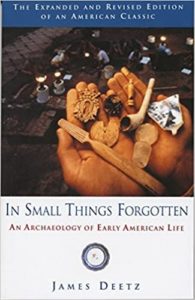
|
James Deetz’s In Small Things Forgotten (Anchor Books, 1996) surveys the archaeology of early American life as revealed through such small and often-forgotten artifacts as doors and porches, chairs, grave markers, and pottery shards. A classic for teenagers and adults. |
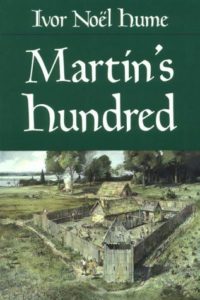
|
Ivor Noel Hume’s Martin’s Hundred (University of Virginia Press, 1991) is a fascinating account of the excavation of Martin’s Hundred, a 17th-century English settlement in Virginia. Hume, for many years director of archaeological research at Colonial Williamsburg, is a terrific writer and the author of many excellent books on archaeology. For teenagers and adults. |
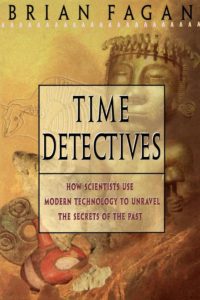
|
Brian Fagan’s Time Detectives (Simon & Schuster, 1996) is a detailed account of how modern archaeologists use technology. (“Today archaeologists can identify Chinese silk from a single fabric strand, conjure up ancient landscapes from handfuls of tiny seeds and pollen grains, and use carbon isotopes to reconstruct prehistoric diets.”) The science behind the archaeology for teenagers and adults. |
